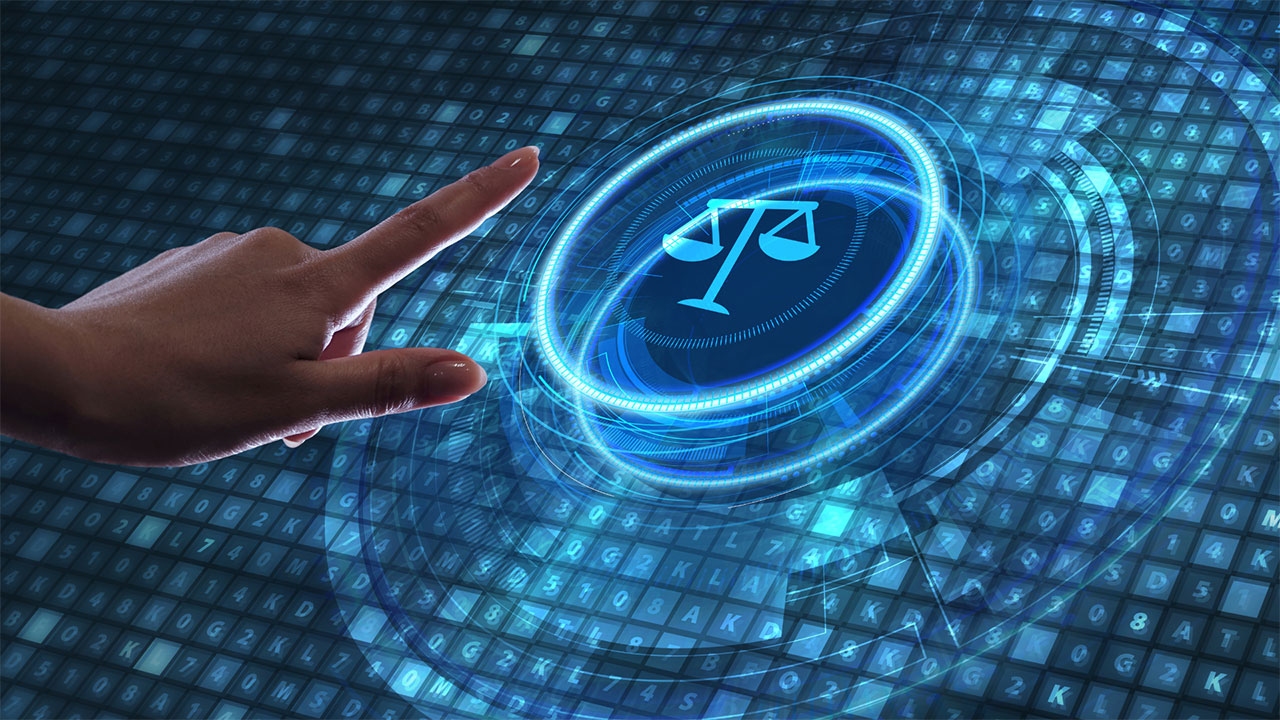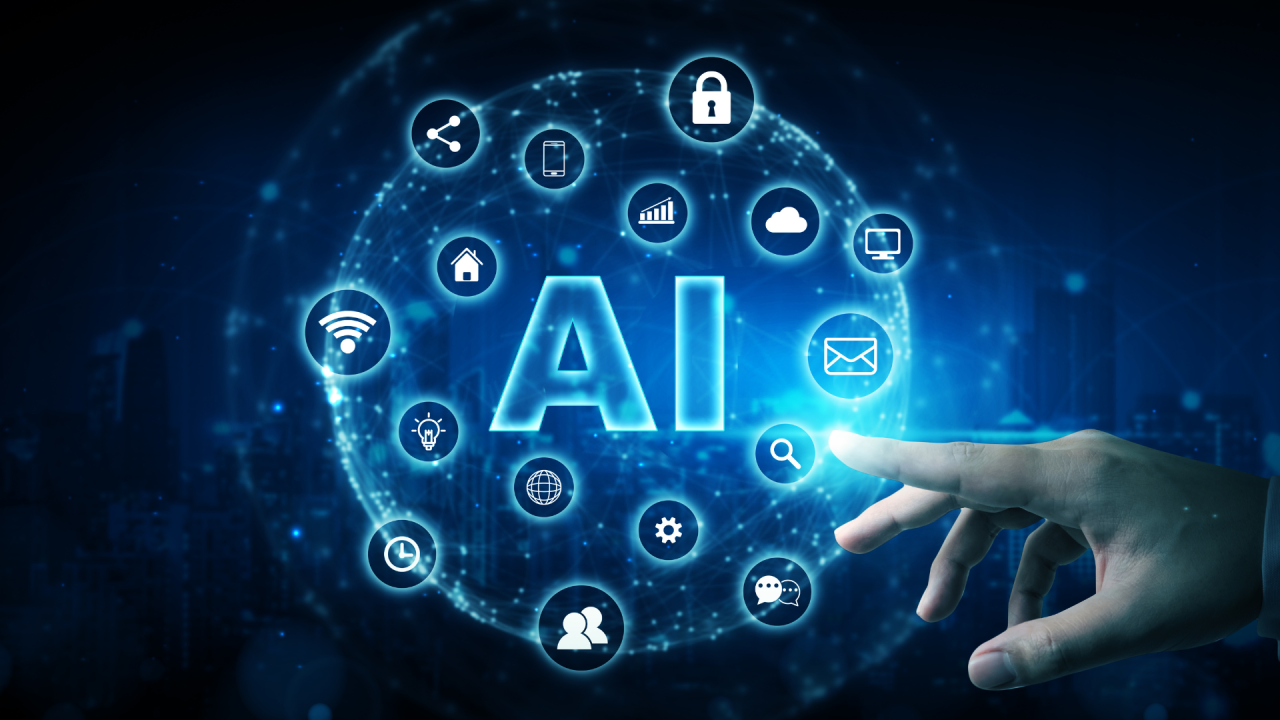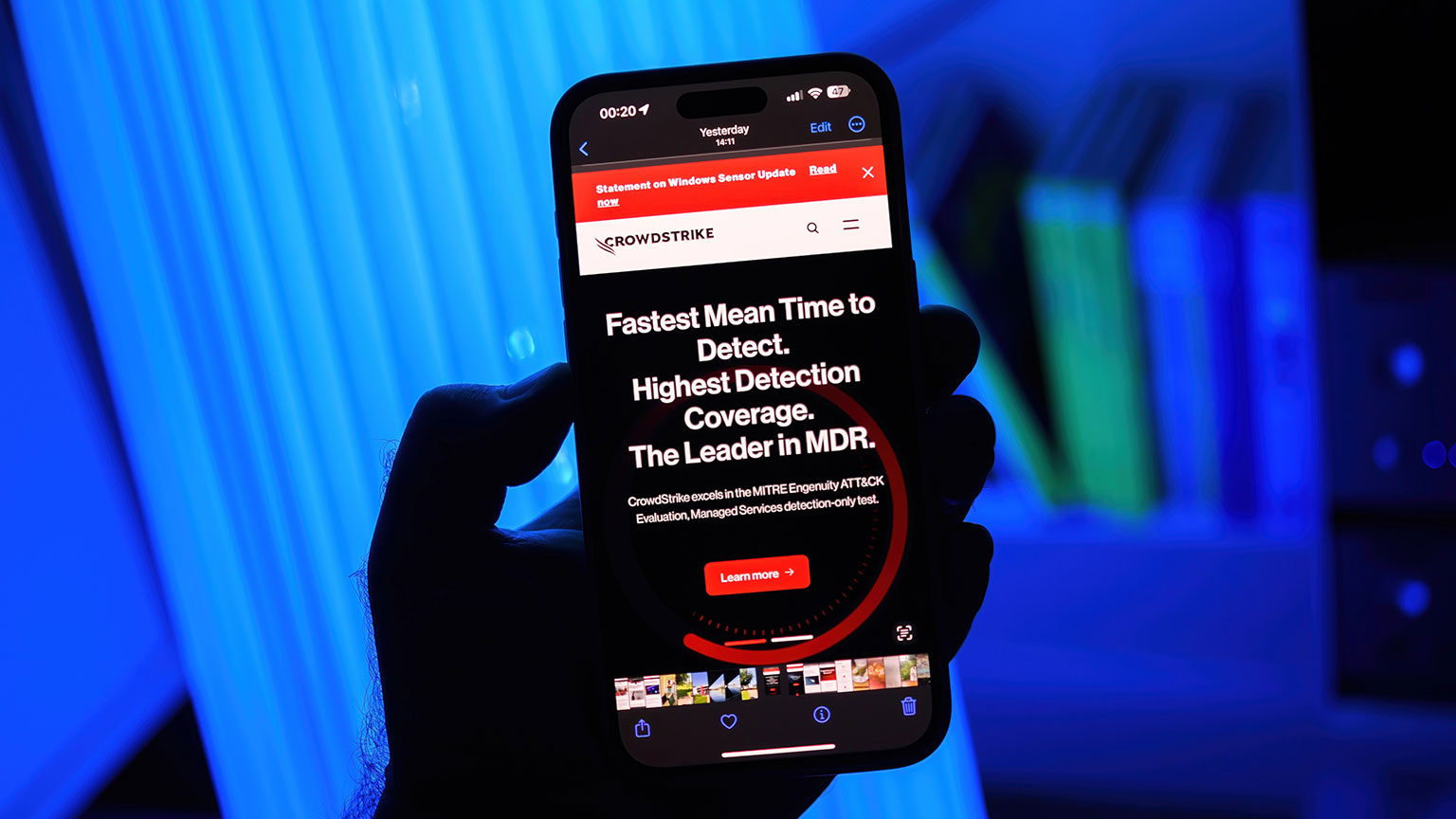security Tag
Artificial intelligence (AI) is transforming the way we approach website security. As cyber threats become more sophisticated, businesses need advanced technologies that can keep up. AI is emerging as a crucial tool in this battle, offering enhanced protection, automated defenses, and proactive threat management. But how exactly does AI impact your website’s security, and what should businesses be aware of when integrating AI into their security infrastructure?
1. Advanced Threat Detection
2. Predictive Security Measures
Unlike traditional security solutions that often react to breaches after they happen, AI can anticipate threats by analyzing historical data and recognizing emerging patterns. This predictive capability allows businesses to prepare for attacks before they occur, implementing preventive measures to safeguard their systems. For instance, AI can identify areas of vulnerability in your website’s architecture and recommend improvements to minimize risk.
3. Automated Response to Threats
One of the key advantages of AI in cybersecurity is its ability to respond to threats in real-time, without the need for human intervention. When AI detects a suspicious activity, it can immediately take action by isolating compromised areas, blocking malicious IP addresses, and notifying the security team. This reduces the time it takes to neutralize threats, minimizing potential damage to your website.
4. AI-Driven Malware Detection
Malware is a constant threat to websites, and AI has proven highly effective in identifying and removing it. Traditional methods of malware detection rely on signature-based systems that can only detect known malware. In contrast, AI can identify new, previously unknown malware by analyzing its behavior. This means AI can stop attacks that other systems might miss, keeping your website and its users safe.
5. AI in Encryption and Data Security
AI also plays a vital role in data encryption, ensuring that sensitive information is protected both at rest and in transit. By continuously monitoring the encryption process, AI can identify any irregularities and ensure that data remains secure from interception or unauthorized access. Additionally, AI can help manage encryption keys, ensuring that they are stored and used securely.
Challenges and Risks of AI in Security
While AI offers significant benefits for website security, it is not without its challenges. One of the risks is that cybercriminals are also using AI to enhance their attacks. Hackers are developing AI-driven malware and phishing schemes that can adapt to defenses and exploit weaknesses in security systems. To stay ahead, businesses must continuously update their AI systems and incorporate AI-driven security tools as part of a broader cybersecurity strategy.
AI is revolutionizing the way businesses protect their websites, providing advanced threat detection, real-time response capabilities, and predictive security measures. However, businesses need to remain vigilant and ensure that their AI security systems are up-to-date to counter the evolving tactics of cybercriminals. By integrating AI into your website’s security infrastructure, you can stay ahead of potential threats and ensure the safety of your digital assets.
Need a partner in IT solutions? Contact us here!
As businesses continue to adopt remote work as a permanent part of their operations, providing secure and efficient remote access has become a top priority. However, remote access presents its own set of challenges, particularly when it comes to security, compliance, and employee productivity.
Here are the top six challenges of remote access and how your business can overcome them.
1. Security Vulnerabilities
One of the biggest concerns with remote access is the increased risk of security breaches. Employees accessing company networks from home or public Wi-Fi are more susceptible to cyberattacks, particularly if they are not using secure connections. To mitigate these risks, businesses should implement secure VPNs (Virtual Private Networks) that encrypt data and provide a secure connection between remote employees and the company network. Multi-factor authentication (MFA) can also add an extra layer of protection, ensuring that only authorized users can access sensitive information.
2. Inconsistent Access to Resources
Remote workers need consistent access to company resources, including files, applications, and collaboration tools. However, slow internet connections or unreliable VPN services can cause disruptions, leading to frustration and lost productivity. To address this, businesses should invest in cloud-based solutions that allow employees to access data and applications from anywhere, without the need for constant VPN connections. Cloud platforms also offer greater scalability, allowing businesses to accommodate an increasing number of remote users.
3. Compliance and Data Privacy
Ensuring compliance with industry regulations, such as GDPR or HIPAA, is more challenging when employees are working remotely. Data privacy becomes a significant concern, especially if employees are using personal devices or unsecured networks to access company information. To address these issues, businesses must implement strict security policies for remote workers, including the use of company-approved devices, encrypted data transmission, and compliance monitoring tools. Regular audits and security training can also help employees understand the importance of maintaining compliance in a remote environment.
4. Device Management
Managing a fleet of devices used by remote employees is another challenge. Employees may use a mix of personal and company devices, making it difficult for IT teams to monitor security and ensure that all devices are compliant with corporate standards. Implementing Mobile Device Management (MDM) or Endpoint Management solutions can help businesses track, manage, and secure devices accessing company data. These tools allow IT teams to remotely wipe lost or stolen devices, install security patches, and enforce security policies across all devices used for work.
5. Collaboration and Communication
Remote work can sometimes hinder effective communication and collaboration among employees. While email and instant messaging are common solutions, they can create silos and make it difficult for teams to work together efficiently. Investing in comprehensive collaboration tools, such as Microsoft Teams or Slack, can help bridge this gap. These platforms offer real-time messaging, video conferencing, file sharing, and project management features that enable remote teams to collaborate seamlessly, no matter where they are located.
6. IT Support for Remote Workers
Providing IT support to remote employees can be more challenging than supporting in-office staff. Remote workers may face connectivity issues, software malfunctions, or hardware problems that can be difficult to troubleshoot without hands-on assistance. To overcome this, businesses should offer remote IT support solutions, such as help desks with remote access capabilities. Additionally, implementing self-help tools and resources can empower employees to resolve common issues on their own, reducing the burden on IT teams and minimizing downtime.
Remote access is a powerful tool for businesses, enabling flexibility, productivity, and employee satisfaction. However, it also comes with challenges that must be addressed to ensure secure, compliant, and efficient operations. By investing in secure VPNs, cloud-based solutions, collaboration tools, and device management platforms, businesses can overcome these challenges and create a seamless remote work environment that benefits both employees and the organization as a whole.
AI tools, from virtual assistants to chatbots and productivity applications, have become integral to how businesses operate. These tools offer convenience, speed, and automation that can enhance customer service and operational efficiency. However, as we rely more on AI, it raises an important question: How safe is the information we input into these systems?
1. Data Retention and Privacy Concerns
Many AI platforms retain user data to improve the accuracy and performance of their algorithms. When you input information into an AI system—whether it’s customer details, financial data, or personal messages—that data may be stored on the platform’s servers for future reference. While this can enhance the AI’s capabilities, it also introduces risks related to data privacy and security.
In industries like healthcare, finance, and legal services, where confidential information is regularly handled, this can become a significant concern. Businesses need to be cautious about the types of data they input into AI platforms and must ensure that these systems are secure enough to handle sensitive information.
2. Risk of Data Misuse
Another issue is the potential misuse of data. If the AI platform is not sufficiently secure, sensitive information entered into the system could be accessed by unauthorized individuals. Hackers target AI systems because they store large amounts of valuable data. If a security breach occurs, confidential business information, customer data, and intellectual property could be compromised, leading to legal and financial consequences.
3. AI Compliance Challenges
Many industries have strict regulations about how data should be stored, accessed, and shared. For example, companies dealing with health information must comply with HIPAA, while businesses in the European Union need to adhere to GDPR. Using AI systems that are not compliant with these regulations can result in significant fines and penalties.
When adopting AI tools, it’s essential to ensure that they comply with relevant industry standards. Look for platforms that offer compliance features or work with providers who understand the regulatory landscape. This will help protect your business from the legal risks associated with improper data handling.
4. How to Protect Your Data in AI Systems
- Choose Secure Platforms: Always use AI platforms that offer strong data protection features, such as encryption and secure data storage.
- Limit Sensitive Data: Avoid entering highly sensitive information into AI systems unless absolutely necessary. If you must, ensure the platform is compliant with the relevant data privacy regulations.
- Understand Data Retention Policies: Be aware of how long AI platforms retain your data and how they handle it after it is no longer needed. Choose platforms that offer clear data retention and deletion policies.
AI tools offer a wealth of convenience, but businesses need to be mindful of the potential risks associated with data security and privacy. By carefully selecting AI platforms with robust security measures and ensuring compliance with industry regulations, you can safely integrate AI into your operations without compromising sensitive information.
Ensuring Business Continuity Amid IT Disruptions
As business owners, the thought of a sudden system crash disrupting operations, causing data loss, and potentially tarnishing our reputation is a nightmare we all share. The recent CrowdStrike and Microsoft incident is a perfect example of how even routine updates can lead to significant disruptions. Here’s what happened, how it could have been prevented, and why partnering with an It Support team can be your best defense against such digital catastrophes.
What Happened?
On July 19, 2024, CrowdStrike, a renowned cybersecurity company, released an update to their Falcon sensor software designed to enhance security. However, this update contained a logic error that caused millions of Windows devices to crash, displaying the dreaded “blue screen of death” (BSOD). The error led to a system-wide disruption, affecting approximately 8.5 million devices globally. Businesses using BitLocker encryption faced additional challenges, as the recovery process required access to keys stored on the impacted servers. The timing of the update, during business hours across different time zones, exacerbated the situation, causing significant operational disruptions.
How It Could Have Been Prevented
While it’s impossible to eliminate all risks, several measures could have mitigated the impact of this incident:
Rigorous Update Testing
One of the critical aspects of maintaining a secure and reliable IT environment is ensuring that all updates undergo rigorous testing before deployment. The recent CrowdStrike incident highlights how a failure in the Quality Assurance (QA) process can lead to widespread disruptions.
Enhanced Monitoring and Backup Systems
Real-time monitoring systems can detect anomalies quickly, allowing for swift corrective action. Regular backups and accessible recovery keys, especially for encrypted systems, are vital for quick recovery.
Collaborative Incident Response
A comprehensive incident response plan involving collaboration between software providers and end-users ensures streamlined communication and remediation efforts during crises. Swift and transparent communication from vendors is essential to manage and mitigate the impact effectively.
Proper Evaluation of Tools
Choosing the right cybersecurity tools is crucial for maintaining business continuity and avoiding disruptions. While it’s tempting to go with popular choices like CrowdStrike, it’s essential to evaluate tools based on your specific needs and not just general consensus.
How Working with an IT PArtner Can Prevent These Issues
Partnering with an expert IT Support partner offers businesses the expertise and resources needed to prevent and manage such incidents effectively. Here’s how an MSP can help:
Proactive Monitoring and Maintenance
IT support teams provide 24/7 monitoring of systems, identifying and addressing potential issues before they escalate. Regular maintenance and updates managed by IT partners ensure systems are up-to-date and secure.
Robust Backup and Recovery Solutions
Support teams implement comprehensive backup solutions, ensuring data integrity and availability during unexpected outages. Efficient disaster recovery plans tailored to your business needs minimize downtime and data loss.
Expertise and Resources
Access to specialized knowledge and resources that small to medium-sized businesses may lack in-house. A comprehensive IT support team offer comprehensive security strategies, including the latest threat detection and prevention technologies.
Incident Response and Support
Immediate response and support during incidents, providing expertise to mitigate impact and restore operations swiftly. Regular training and updates to clients on best practices for system security and incident handling.
Strengthening Your Business Against Future IT Failures
At OWG, we understand the fears and frustrations that come with potential data loss, damaged reputation, and the risk of losing clients. Our proactive monitoring, robust backup solutions, and expert incident response can help safeguard your business against such disruptions.






